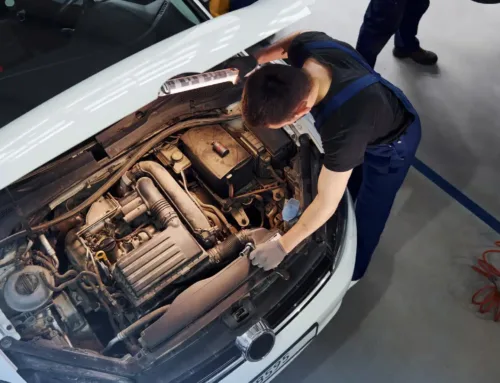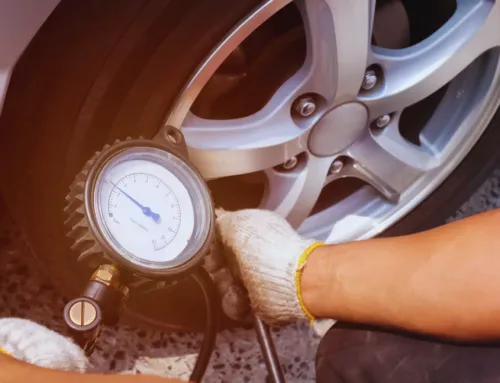More and more now with the constant advancement of technology seemingly each and every day, self driving cars are becoming more and more common with various manufacturers and even Google all designing and testing models of various of self-driving and autonomous vehicles. With cruise control capabilities advancing to the point of essentially being able to handle the car themselves and manufacturers like BMW working on auto braking systems in an effort to reduce collisions and improve driver safety, it was only a matter of time before technology allowed for cars to be completely self driving. While still only in early and testing stages, the idea of cars that are autonomous and driverless have garnered national attention, mainly with the concern from many that they simply just aren’t safe enough to justify all the time and effort that’s gone into developing them. With so many manufacturers working on their own autonomous contribution, it’s important to look at just how safe these self-driving cars are currently and how safe they may be when the technology has properly been tested and developed.
Google Car
Probably the most well known entry in the self-driving vehicles, for over 6 years Google has worked on autonomous vehicle technology and their driverless car has logged over 1.3 million miles out on the roads with only 17 accidents reported and just one of those 17 not being caused by human error. While nowhere near done however, Google continues to test more and more driverless cars out on roads and while they may cover millions more miles without a fatality, the argument of just what exactly makes a driverless car safe enough will continue to rage on with both sides arguing over just how much testing is enough.
Tesla
While not quite completely driverless, the Tesla Autopilot function makes it one of the most advanced cars in the field of autonomous vehicles readily available to drivers. The autopilot function works similar to cruise control but by utilizing sensors and radars positioned all around the car, it can detect impending collisions and apply the brakes itself, in theory ridding the potential room for error in a human’s reaction time and reducing the risk of an accident and injury. The issue here is that the software that runs these capabilities is still essentially in Beta testing, something that gives detractors of autonomous cars plenty of evidence to argue. In June of 2016, a driver using the Autopilot function in their Tesla was killed when a truck struck the vehicle. It’s unknown if the Autopilot sensors failed to detect the white truck because of the glare of the sun or if the driver simply didn’t react in time but because of this; those opposed to self-driving cars have argued that nothing with such heavy consequences should be available to drivers, especially if it’s still in “Beta testing.”
BMW
Like Tesla, BMW has been working on semi-autonomous technology in their current models, primarily focusing on unassisted driverless braking. BMW has stated that by 2021 they aim to have a completely driverless car on the roads and though they don’t test as highly as the Tesla models currently do, the ease of use and abilities of hands-off steering in both nighttime and rainy situations offers drivers less of a need to pay complete attention than in some of the other competitors. While there are also instances of a lapse in ability to see the lanes and mind the roads, there haven’t been very many documented accidents caused by the driver assisting modes of BMW.
VW, Mercedes
These brands’ contributions have been moving at a bit of a slower pace when compared to Tesla and Google Car though each of these manufacturers do have vehicles with semi-autonomous technology available to drivers. Noted as having more issues requiring the driver to stay more actively hands-on such as issues with detecting the lanes of the road in various situations or terrains and issues involving braking and detecting possible collisions.
Final thought
With all of this technology very much still in development, it’s easy to understand why some say that it’s simply not safe enough to be out on roads but unfortunately with both sides arguing just what makes something safe enough, it’s possible that the best way to determine if self-driving cars are truly safe will be by putting them out on the roads in greater numbers.




